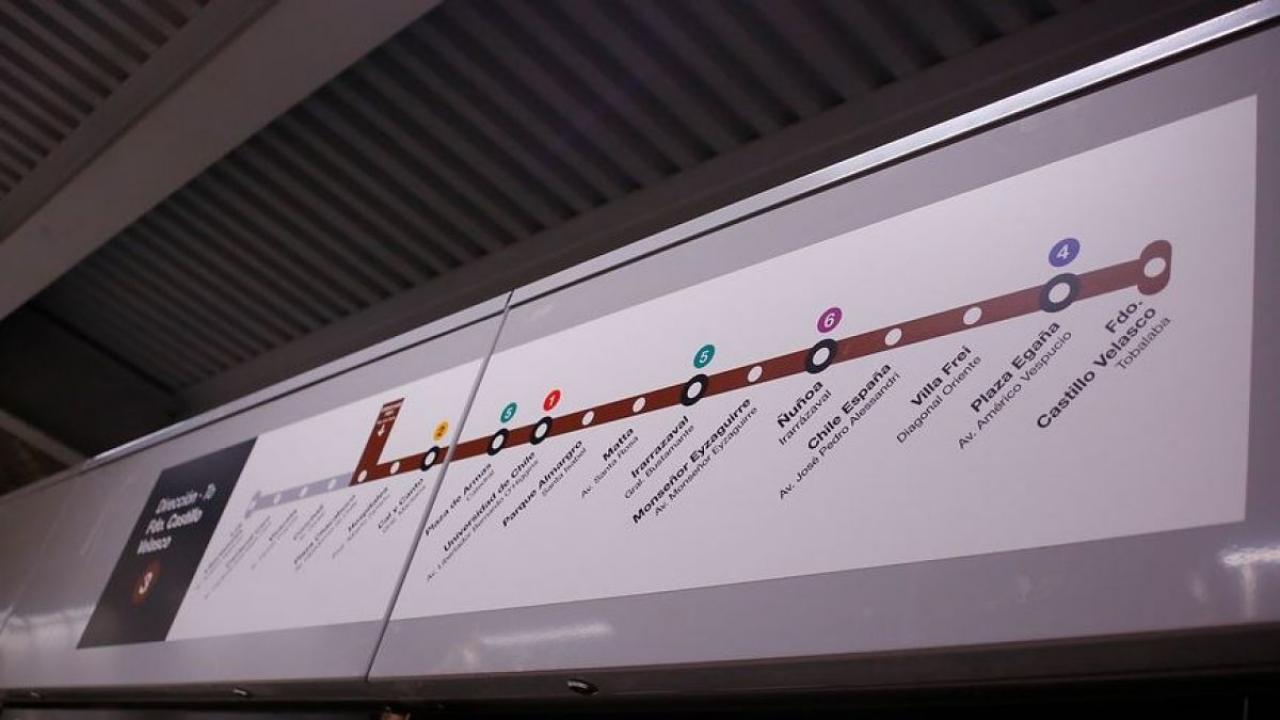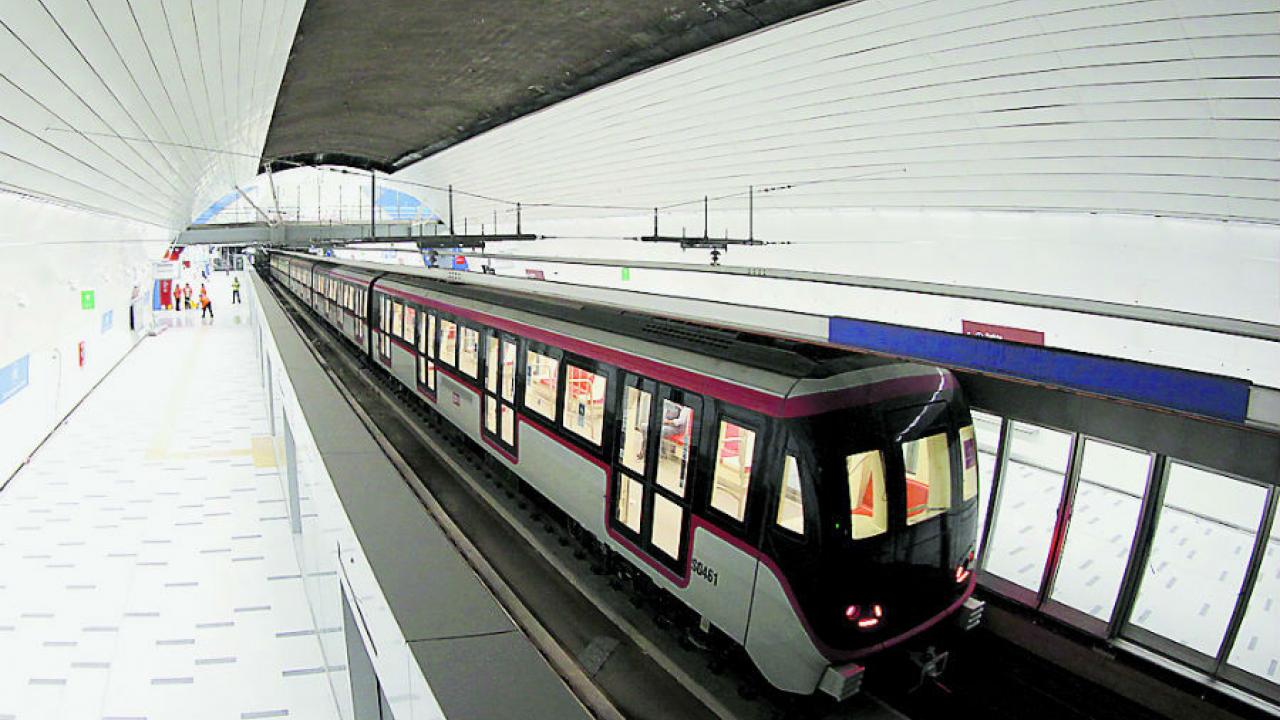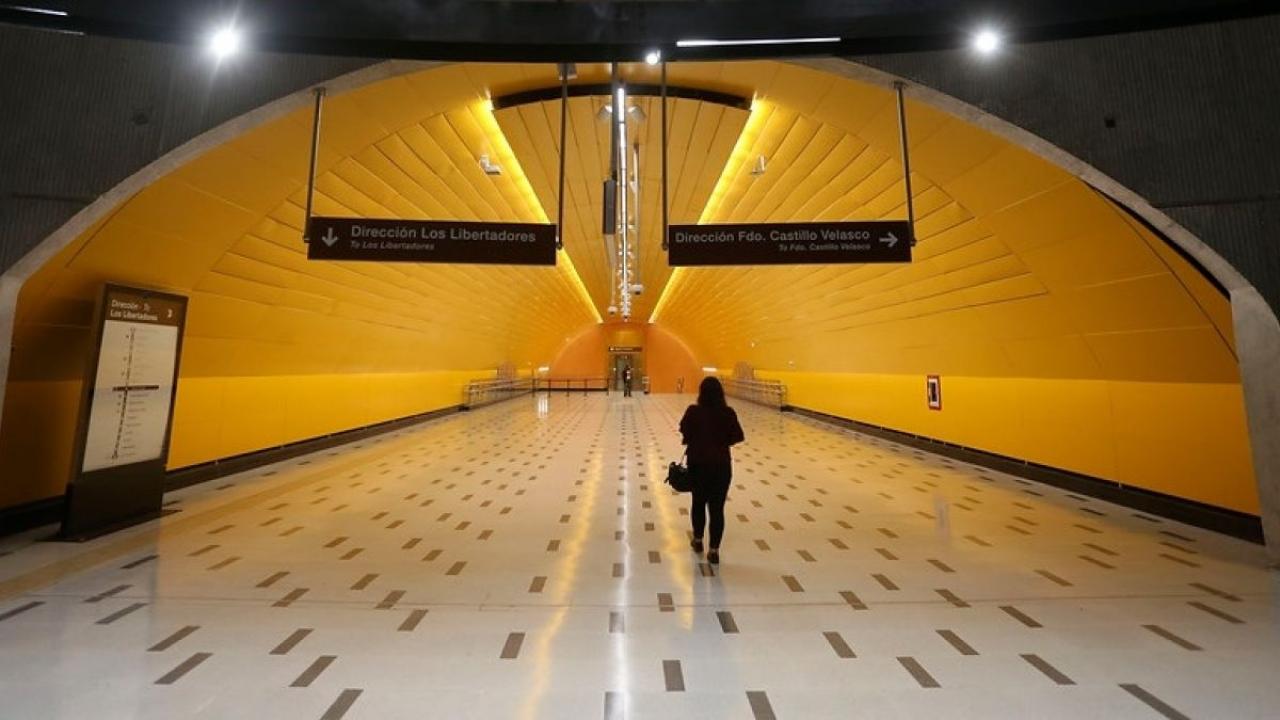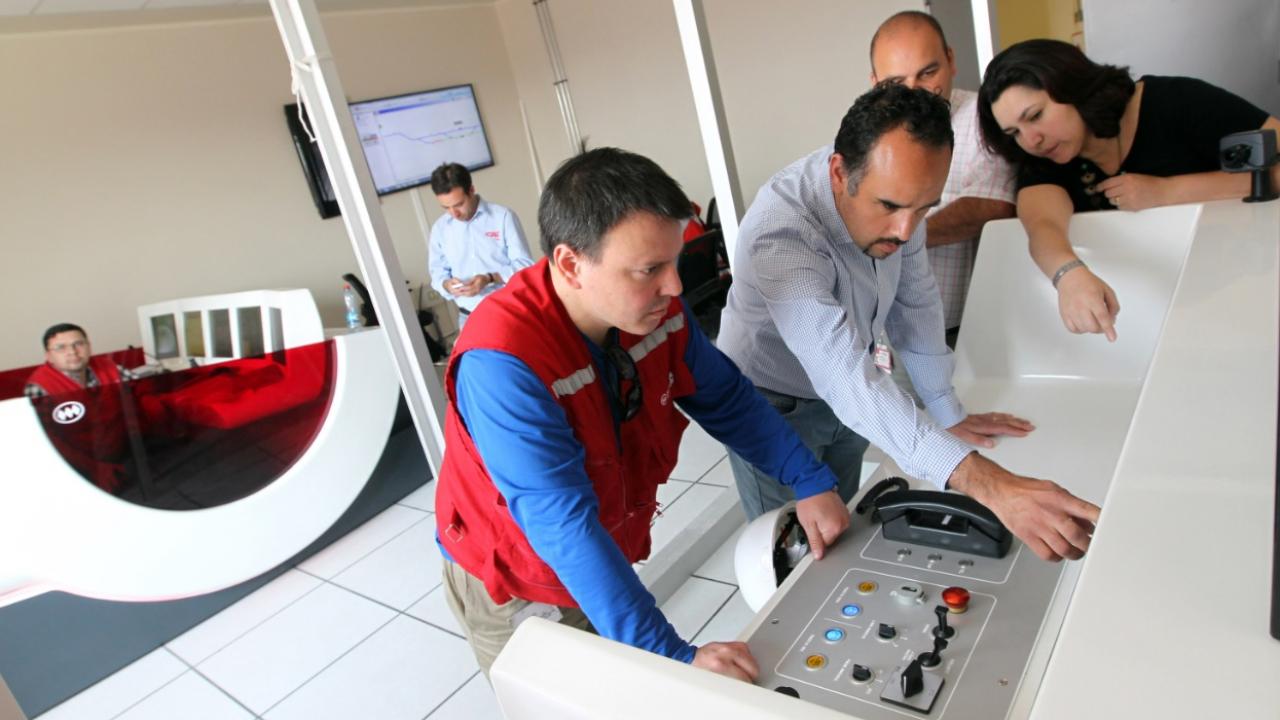Friday, January 25, 2019
Top-level training on the new driverless line of the Santiago Metro
Line 3 of the Santiago Metro was opened on 22 January, a total of 22 kilometres running through six of the capital city's "comuna" districts. It has 18 stations, and connects Quilicura (north) to La Reina (north-east). With the new line, the Santiago Metro now runs over a total of 142 kilometres, making it Latin America's second largest underground network after Mexico City's 200-kilometre system. Metro de Santiago plans to add more lines. This means engineering work has already begun on the future Lines 7, 8 and 9 to make them operational by 2026 over a total of 215 kilometres.
Line 3 (like Line 6, opened at year-end 2017) uses driverless UTO trains (Unattended Train Operation) built by CAF. Both lines are fully automated with the CBTC control and signalling system (Communications Based Train Control) at its highest GoA (Grade of Automation), Grade 4, for 100% driverless operation.
Today's driverless technology ensures maximum safety for passengers. This in fact means more work by the operator to train drivers because, in the event of a breakdown or an incident on the track, they must be fully trained to identify and resolve the breakdown immediately or take the train off the track manually as fast as possible (the end cars on UTO trains have a concealed control panel to enable the train to be operated manually when necessary).
This is why Metro de Santiago has had a Lander driving simulator since 2016 to train drivers on Lines 3 and 6. They underwent an intense training programme in the months leading up to the inauguration of Line 3.
We will shortly be elaborating on our information concerning driverless operations, the role of the driver in these operations, and aspects of training that make the simulator a key solution to help improve rail safety.
Feel free to follow our LinkedIn page "Empresas", which discusses and shares LANDER's latest news and information updates.




